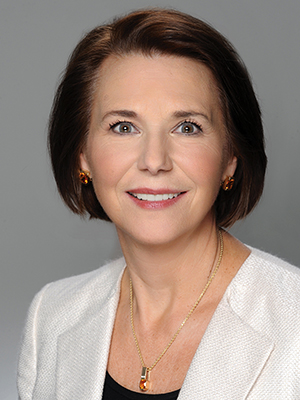 Linda P. Erickson
Linda P. EricksonLinda P. Erickson, CFP®, is the president of Erickson Advisors and a registered principal offering securities through Cetera Advisor Networks, LLC, 336-274-9403 lindae@ericksonadvisors.net.
Everybody knows that you must begin taking money out of your retirement accounts at age 70½. Sounds simple, but maybe it’s not. How, exactly, and when, exactly, should you go about taking that income?
You must begin taking withdrawals no later than April 1 of the year following the year in which you turn 70 ½. If you wait until the very last permissible date, however, you will be required to take two distributions in that year; you must take another withdrawal before the end of that very same year.
To avoid that confusion, and possibly missing that second withdrawal, I recommend you take your first Required Minimum Distribution by December 31 of the year in which you turn 70 ½. The penalty, by the way, for missing that second distribution would be 50% – ouch!
You don’t have to take a withdrawal from each of your accounts. You may take the entire distribution from one account, but you do have to add up all of your retirement accounts – 401(k) balances, IRA accounts (do NOT include any Roth IRA’s; you have already paid the tax on those accounts) SEP, SIMPLE, and Keogh plan balances – to calculate your withdrawal. Divide that prior end-of-year total plans balance by a number supplied by the IRS (Publication 590, page 102). There are a few exceptions to the rule, but this overview is not meant to list these exceptions, just to give a general guideline that can be followed by most retirees. Of course, you can always call your advisor to say, “It’s time for my RMD calculation.”
Next, you may be given the opportunity to take your withdrawal in one of several ways. Let’s list them:
- Annuitize – If you have a retirement annuity, perhaps a TSA, you can ask for a series of payments that will continue over your lifetime, and your spouse’s, no matter how long you both live, taking care of current and future RMD’s.
- Lump Sum – If you still hold your retirement account with a former employer, you can request that the entire balance be paid out to you in one check, but that entire balance will be taxed and you will get a check for what is left after all Federal and State income taxes have been withheld. This option is NOT recommended.
- Rollover – Again, if you have money still held in your employer’s plan, you can request a tax free Rollover to your IRA. In any year in which you must take a Required Distribution, you must have that year’s distribution taken out and sent to you before the Rollover.
- IRA Withdrawal – Most retirees will take their calculated RMD from one of their accounts, after proper calculation, at least annually. If you are taking a monthly income from your IRA already, you probably have satisfied the Required Distribution, but you must double check.
As always, good planning can avoid surprises. Consult with your trusted advisor regarding amount and method of receiving all that hard earned income.

